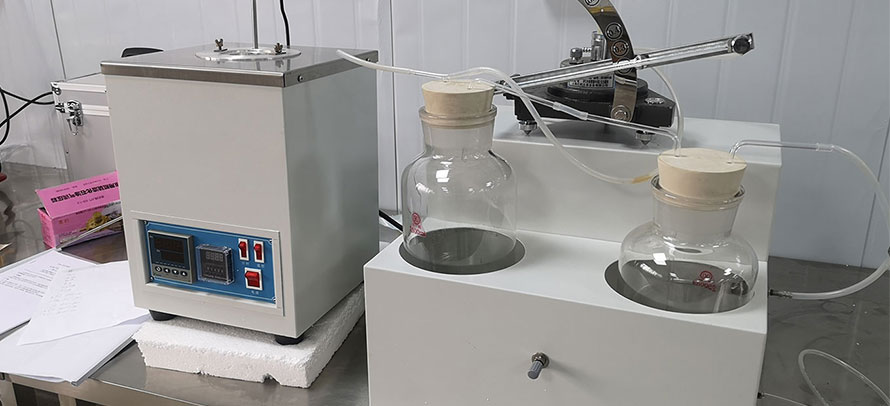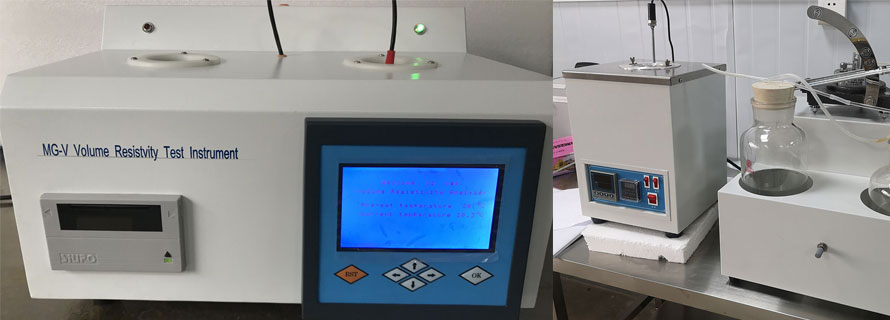ASTM D4865 Generation and Dissipation of Static Electricity in Petroleum Fuel Systems
1. Scope
1.1 This guide describes how static electricity may be generated in petroleum fuel systems, the types of equipment conducive to charge generation, and methods for the safe dissipation of such charges. This guide is intended to increase awareness of potential operating problems and hazards resulting from electrostatic charge accumulation.
1.2 This guide is not intended to provide specific solutions but indicates available techniques the user may wish to investigate to alleviate electrostatic charges. This guide does not cover the effects of stray currents or of lightning, either of which can also produce sparks leading to fires or explosions.
1.3 This guide is not intended to address detailed safety practices associated with static electricity in petroleum product systems.
1.4 The values in SI units are to be regarded as the standard. The values in parentheses are for information only.
1.5 This standard does not purport to address all of the safety concerns, if any, associated with its use. It is the responsibility of the user of this standard to establish appropriate safety and health practices and determine the applicability of regulatory limitations prior to use.
2. Referenced Documents
2.1 ASTM Standards:
D56 Test Method for Flash Point by Tag Closed Cup Tester
D93 Test Methods for Flash Point by Pensky-Martens Closed Cup Tester
D323 Test Method for Vapor Pressure of Petroleum Products (Reid Method)
D396 Specification for Fuel Oils
D910 Specification for Aviation Gasolines
D975 Specification for Diesel Fuel Oils
D1655 Specification for Aviation Turbine Fuels
D2276 Test Method for Particulate Contaminant in Aviation Fuel by Line Sampling
D2624 Test Methods for Electrical Conductivity of Aviation and Distillate Fuels
D2880 Specification for Gas Turbine Fuel Oils
D3699 Specification for Kerosine
D3948 Test Method for Determining Water Separation Characteristics of Aviation Turbine Fuels by Portable Separometer
D4306 Practice for Aviation Fuel Sample Containers for Tests Affected by Trace Contamination
D4308 Test Method for Electrical Conductivity of Liquid Hydrocarbons by Precision Meter
D5191 Test Method for Vapor Pressure of Petroleum Products (Mini Method)
D5452 Test Method for Particulate Contamination in Aviation Fuels by Laboratory Filtration
D6615 Specification for Jet B Wide-Cut Aviation Turbine Fuel
2.2 National Fire Protection Association (NFPA) Standards:
NFPA Standard No. 30 Flammable and Combustible Liquid Code
NFPA Standard No. 407 Standard on Aircraft Fuel Servicing
2.3 Canadian General Standard Board (CGSB) Specification:
CAN/CGSB 3.6 Regular Sulphur Diesel Fuel
CAN/CGSB 3.517 Automotive Low Sulphur Diesel Fuel
2.4 British Standards Institute (BSI) Standard:
BS 5958 (Part 2) Recommendations for Particular Industrial Situations
3. Terminology
3.1 Definitions of Terms Specific to This Standard:
3.1.1 bonding, v - the practice of providing electrical connections between conductive parts of a fuel system to preclude voltage differences between the parts.
3.1.2 bottom loading, v - the practice of filling transport compartments by pumping fuel through a bottom inlet.
3.1.3 charge accumulation, n - the increase of electrostatic charges in a tank, compartment, or liquid resulting from a rate dissipation slower than the rate of charge delivery by the incoming product.
3.1.4 charge generation, v - the creation of electrostatic charges in a liquid due to the separation of ionic species during liquid flow.
3.1.5 charge relaxation, n - the decrease of electrostatic charges with time.
3.1.6 combustible liquid, n - a liquid having a flash point at or above 38°C (100°F) (See Test Methods D56 and D93).
3.1.6.1 Discussion - Subdivisions of this classification will be found in NFPA Standard No. 30.
3.1.7 conductivity, n - the reciprocal of electrical resistivity, the capability to transmit electrostatic charges normally expressed in picoSiemens per metre (pS/m) for petroleum products.
3.1.7.1 Discussion - Conductivity has also been expressed
in conductivity units (C.U.) where I.C.U. = 1 pS/m = 1 x 10-12Ω(-1)m(-1).
3.1.8 conductivity improver additive, n - a material added to a fuel in very small amounts to increase its electrical conductivity and thereby reduce relaxation time.
3.1.8.1 Discussion - Conductivity improver additives are also known as static dissipator additives (SDAs) or antistatic additives.
3.1.9 flammable liquid, n - a liquid having a flash point below 38°C (100°F) (see Test Methods D56 and D93) and having vapor pressure (Test Method D323 or D5191) not exceeding 276 kPa (40 psia) (see NFPA Standard No. 30).
3.1.9.1 Discussion - The definition of flammable is currently under discussion by the UN Committee of Experts on the Transportation of Dangerous Goods.
3.1.10 grounding, v - the practice of providing electrical continuity between a fuel handling system and ground or earth.
3.1.11 high vapor pressure product, n - a product having a vapor pressure above 31 kPa (4.5 psia) (1).
3.1.12 intermediate vapor pressure product, n - a product with a vapor pressure below 31 kPa (4.5 psia) and a flash point below 38°C (100°F) (1).
3.1.13 low vapor pressure product, n - a product with a flash point above 38°C (100°F) (1).
3.1.14 relaxation time, n - the time required for a charge to dissipate to 36.8 % of the original value (2).
3.1.15 residence time, n - the length of time after a charge is generated that a product remains in piping or a closed vessel.
3.1.16 splash filling, v - the practice of allowing fuel to free-fall or to impinge at high velocity on a tank wall while loading a compartment.
3.1.17 static discharge, v - the release of electrical energy in the form of a spark or corona discharge across a gap between surfaces of differing voltage.
3.1.18 switch loading, v - the practice of loading one type of product into a tank or compartment which previously contained a different type of product.
3.1.18.1 Discussion - When involving handling safety, switch loading often refers to loading a low vapor pressure product into a tank or compartment previously containing a high vapor pressure product. A flammable vapor in the ullage space is likely to result.
3.1.19 top loading, v - the practice of filling transport compartments through an open dome at the top of the transport.
3.1.20 ullage (vapor) space, n - the space between the liquid surface and the top of the tank or compartment containing the liquid.
3.1.21 unbonded charge collector or accumulator, n - unbonded, conductive objects which concentrate electrical charges.
3.1.21.1 Discussion - These unbonded charge collectors may be objects floating on the surface of the charged liquid or objects such as gaging tapes lowered toward the charged surface. The high conductivity of metallic charge collectors permits the rapid discharge of accumulated charges.

